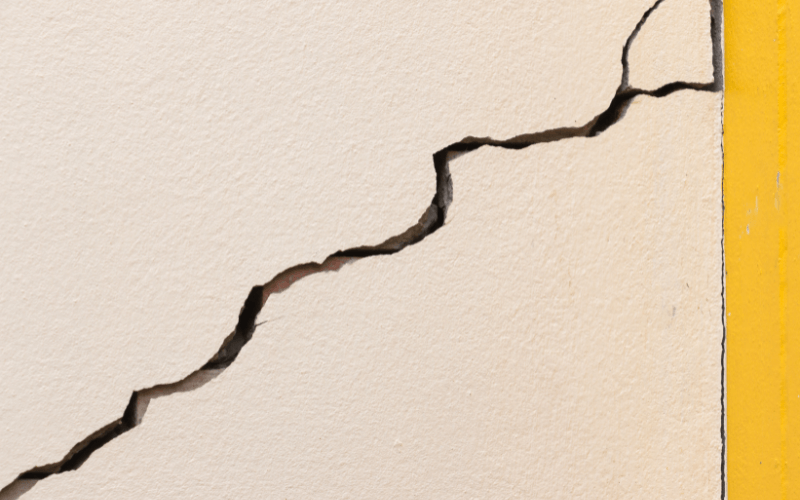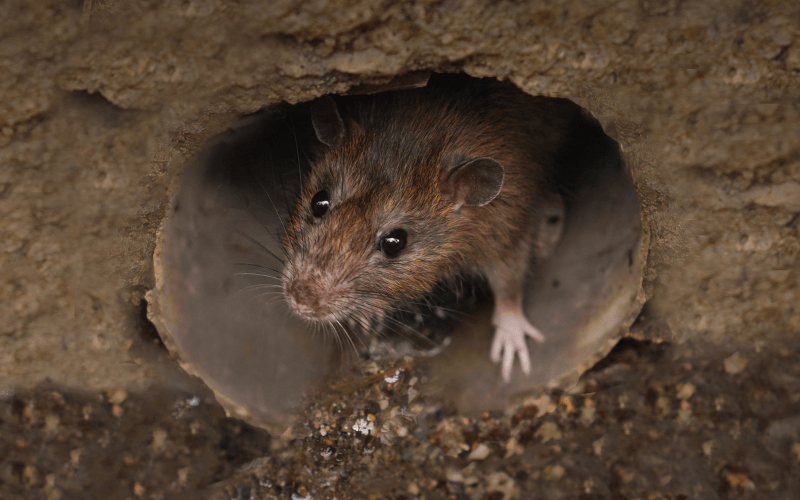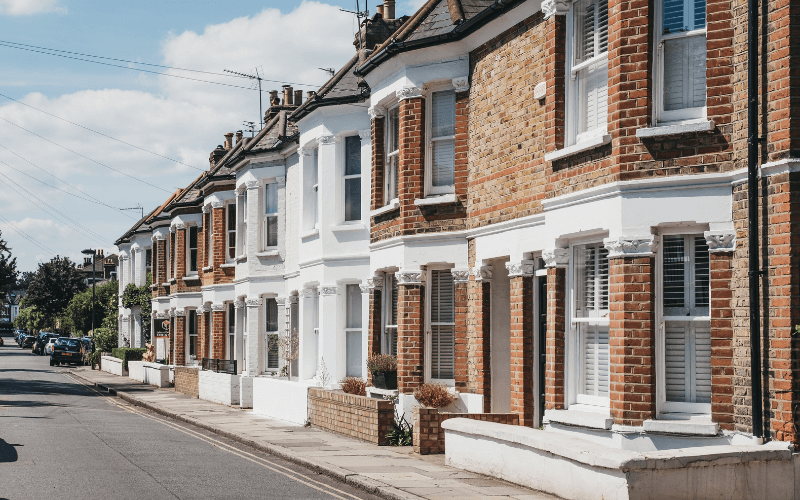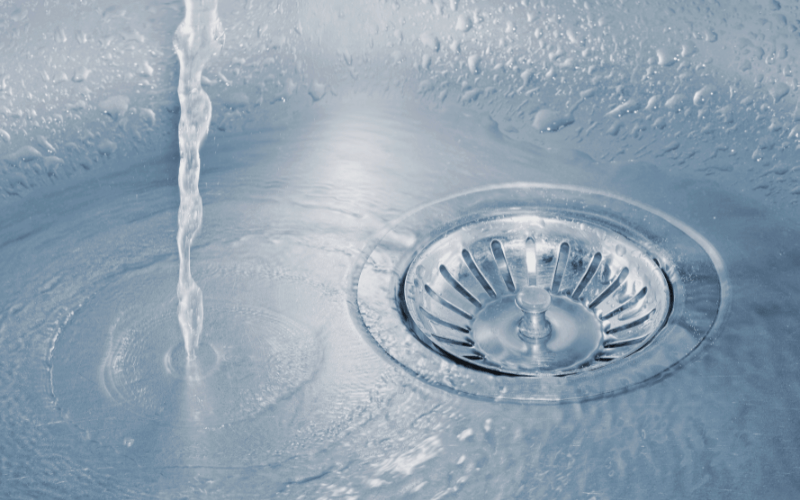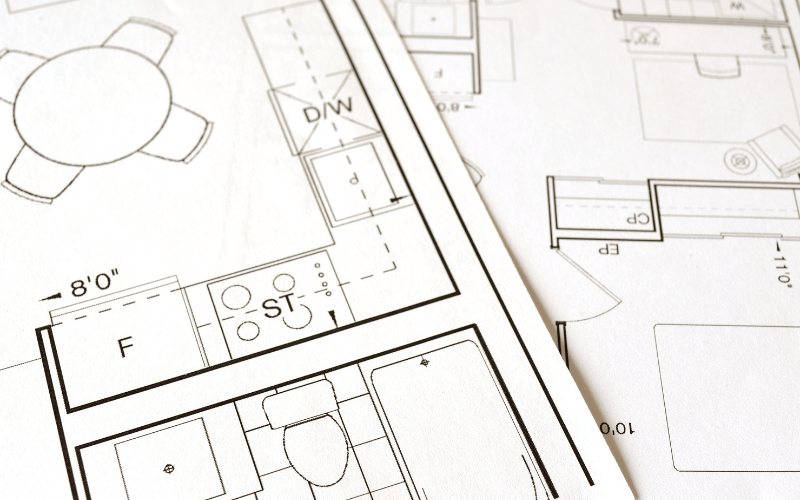A collapsed drain is usually the result of many years of neglecting to maintain drains and sewer systems. It’s inevitable if drains are neglected or maintained poorly but it’s also one of the most severe drainage issues, and the most complex/expensive to fix.
There are 5 key signs which are accurate indicators if you have a collapsed drain. Collapsed drains must be fixed as soon as possible to minimise the damage and the expense of fixing them so if any of the following symptoms present, it’s best to get a professional out and act quickly.
These 2 less than savoury events are an indicator of a collapsed drain as the sewage can’t physically move through the collapsed pipe so it gets backed up. If this happens regularly then it implies damage to the pipe or a collapsed drain. Ordering a CCTV survey will confirm this, so you can act on it.
If there’s damage to a pipe or a collapsed drain, then you’ll regularly notice the smell of sewage in or around the home. Once drains have been unblocked then it’s likely this will disappear but with a collapsed drain, this will continue to reappear until the issue is fixed.
When a drain is compromised it’s easy for rats and other sewer-dwelling creatures to gain access to your home. They may start to reside in the pipes and there’s no reason why they won’t venture closer and closer to the home, especially if the sewers are backed up and leaking into the home. Dealing with the infestation first is key, then you can deal with the drainage problem. Prevent the infestation from day one by looking into non-return valves which allow sewage to flow out but not back in, as shown above.
If a drain is compromised, then that puts strain on the pipes carrying waste and wastewater. If one of these pipes begins to leak, or the collapsed part of the drain is underneath the house, you may begin to say new patches of damp or mould appearing in the home. It’s worth checking any outbuildings or the garage for this too if this is where the drain pipes are!
Use a CCTV survey to assess whether slow moving drains are due to a one-time blockage or if it’s down to a collapse. Try to unblock the drains using domestic drain unblocking tools before contacting a professional. Slow drainage can mean water slowly draining from kitchen sinks, bathroom sinks or showers so keep an eye on all of these.
It used to be quite confusing to work out who was responsible for repairs to drains so it was made clear more recently who oversees what. If a drain is inside the boundary line of property A, then whoever owns property A is responsible for repairing and maintaining that drain. If your drain connects to a neighbour’s drain or to the main sewer or it leaves your property boundary then it’s the responsibility of your water supplier.
So, a collapsed drain repair is more than likely the responsibility of your water supplier unless the drain is specific to your property or the collapse or blockage is on your property.

Home insurance policies differ from company to company and they depend on which policy you have. Accidental damage is often covered but it’s a relative grey area on what companies will deem to be accidental. It’s always worth asking your insurer whether your drains are included but more than likely this in an additional part of buildings insurance that you need to pay extra for.
Regular maintenance and proper use of your drains and sewer pipes will prevent collapses and breakages where reasonably possible so a combination of insurance and upkeep should prevent collapsed drains.
